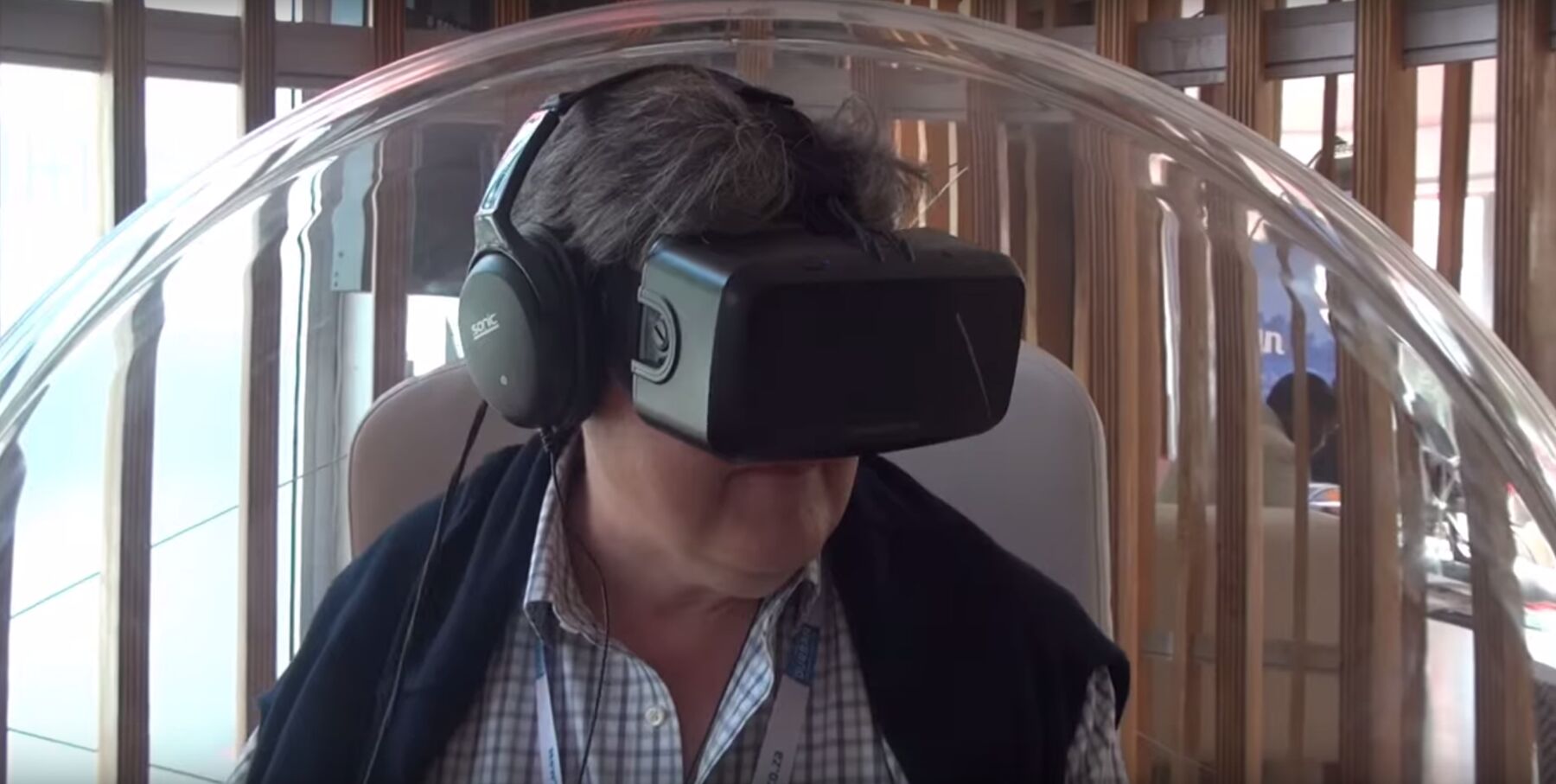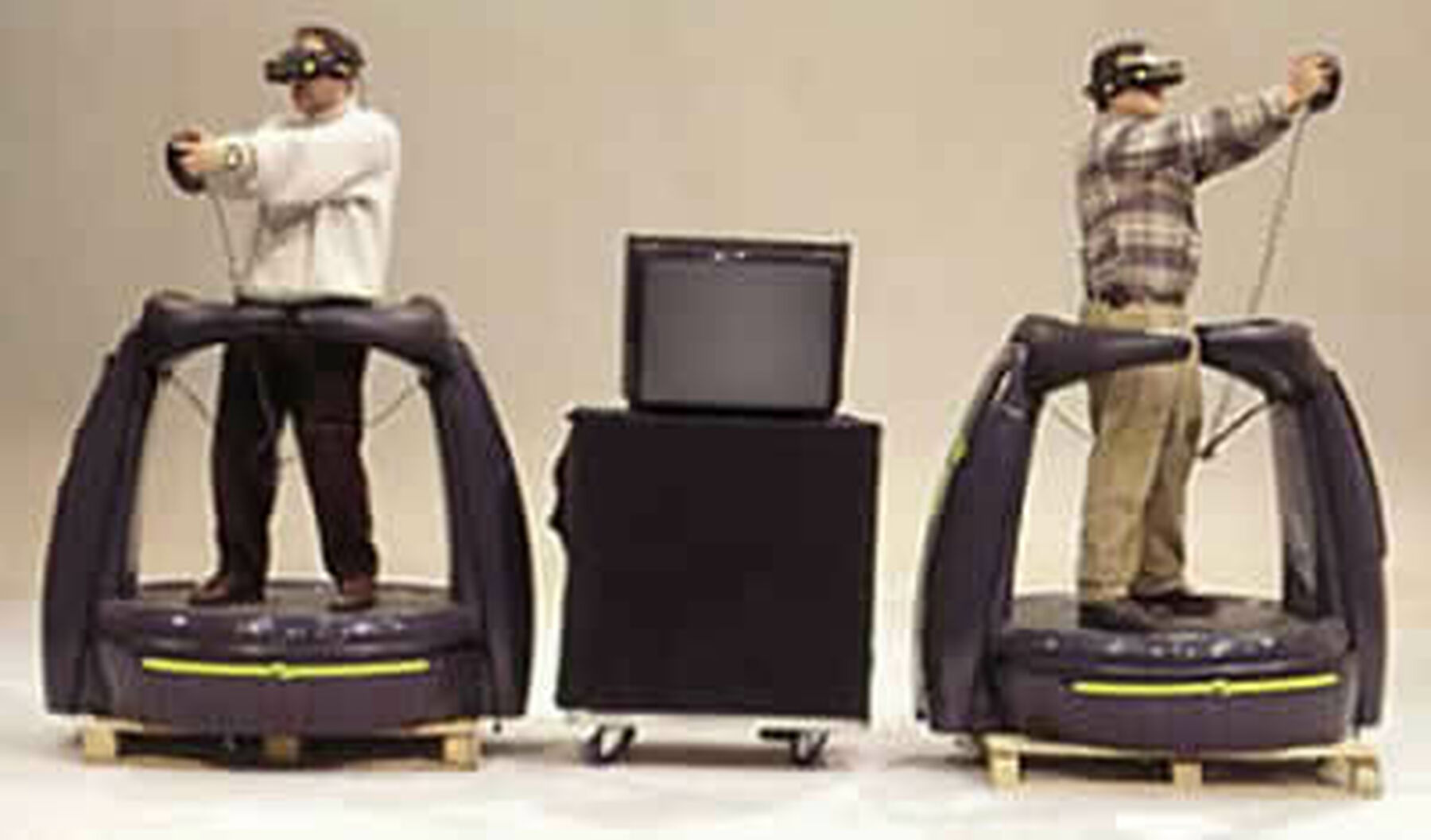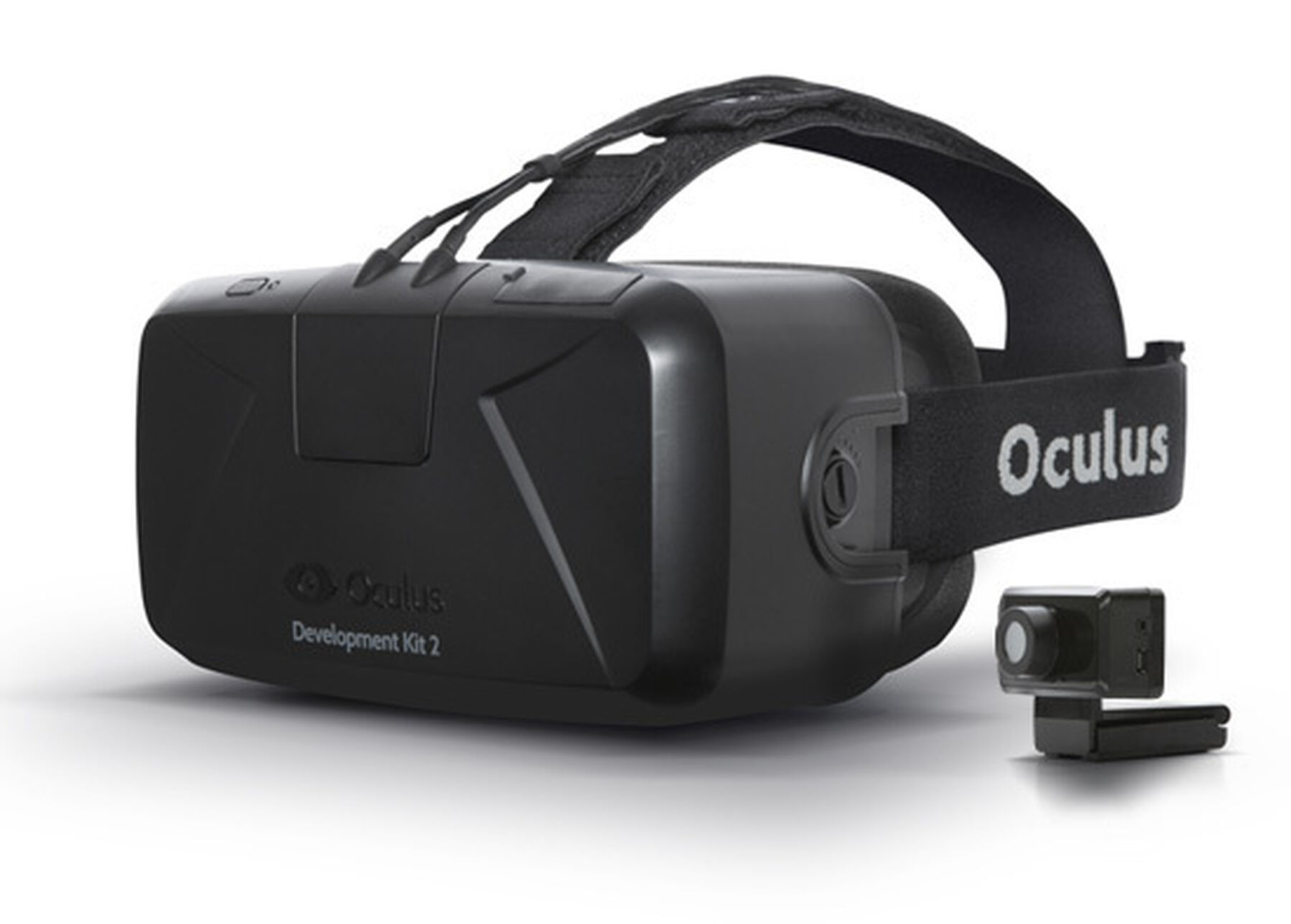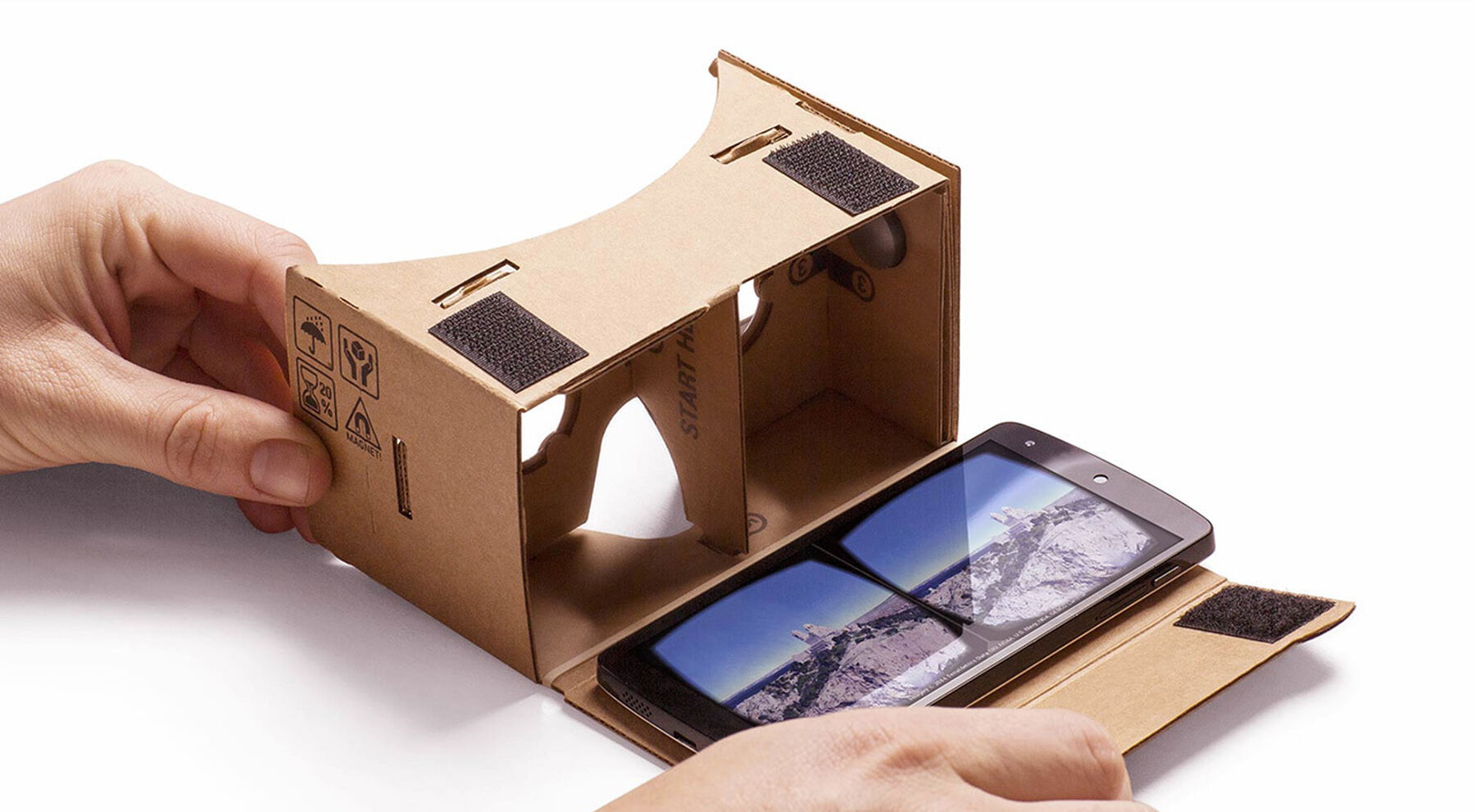What may have seemed like a far-off and futuristic technology is soon going to become a basic consumer product: virtual-reality headsets.

That’s right folks, virtual reality (VR) is coming.
Some might remember those somewhat-awkward VR set-ups that could be found in gaming arcades in the 1990s, complete with big, bulky headsets and awful, blocky graphics. Nobody believed they were worth anything more than for casual gaming.

But then a company named Oculus came along, and a product called the Oculus Rift.
Its improved headset design and superior graphics caught the attention of thousands of backers on Kickstarter, the world’s largest funding platform for creative projects, and then, in 2013, Mr Facebook himself. Mark Zuckerberg oversaw the acquisition of Oculus for $2-billion, excited about the possibilities that immersive experiences could bring to social networking.
“Imagine sharing not just moments with your friends online, but entire experiences and adventures,” he said at the time.

Since the acquisition, Facebook has been hard at work making VR versions of its apps, getting ready to pioneer this new technology when the first Oculus Rift headsets go on sale to consumers in early 2016.
They are not the only ones. Samsung has launched the Gear VR and what might sound like a joke project, Google Cardboard, is actually the search engine’s low-cost solution to VR for the people: a fold-out, cardboard headset that you slot your cellphone into and, thanks to two small lenses and a dedicated app, provides a similar immersive experience.

So what’s all the fuss about VR? Well, its applications for the video game industry are obvious. First-person-perspective games are already hugely popular and the ability to make this seem even more real brings an added element of immersion to the experience.
But that sense of immersion can be applied to anything, really. Icelandic musician Bjork just released a 360-degree music video, which she unveiled at New York’s Museum of Modern Art. Viewers strapped on a VR headset and were able to walk and look around a virtual Icelandic landscape while the singer moved about and performed the song.
Others are finding innovative ways of using the technology in architecture (imagine walking around a virtual building and making real-time changes to your environment, Inception-style), behavioural therapy (helping people deal with phobias or anxieties in a safe, virtual space), and education (imagine a history class where you could be transported back in time).
At this year’s INDABA, South African Tourism revealed just how powerful this technology could be in marketing tourism destinations. They brought an Oculus Rift to the Techzone and gave attendees the chance to virtually experience some of South Africa’s finest attractions: abseiling down the side of Table Mountain, feeding elephants in the Eastern Cape, walking around the food markets of Braamfontein, and even diving with sharks.
While I was sceptical of the technology at first, trying out the Oculus Rift at INDABA changed that completely. It is an incredible piece of technology and the experience is unlike any other. There is no lag at all between the movement of your head and the subsequent images you see as you move. The video quality is crystal clear, and combined with a pair of headphones to provide natural sound, the brain is easily tricked into thinking you are really there.
As I put on the headset, I found myself looking at the side of a rocky cliff, and to my left and right, some fellow abseilers. Then I looked down, and my stomach turned as I saw that we were hundreds of metres above a sheer drop to the ground below. My eyes and my brain conspired against me, transporting me away from the conference to some great outdoor adventure.
While some are concerned that these experiences will start to replace the real thing and that would-be travellers will decide to stay at home for a “virtual safari” from the comfort of their living rooms, I disagree. The experience looks real enough, but it doesn’t feel real. It’s tantalising and provides enough of a thrill to leave me wanting more. There is nothing that beautiful photography or a well-edited video could do to come close to what virtual reality can offer a tourist attraction. And that’s why I think it’s worth paying attention to.
The technology will take a few years to reach the average consumer – the headsets will cost R19 000 each when they go on sale next year – but with companies like Facebook, Google and Samsung driving its growth, you can be sure that it’ll catch on. Perhaps in a few years’ time, potential travellers will be able to download a “virtual South Africa” app to their headset, explore the country and know what they want to do long before they arrive.
The trick is then for destinations to ensure that the “real thing” goes beyond expectations – that all five senses are activated and that the charm of South Africa, which mostly lies within its people, is able to shine through. Visitors should leave with those warm, fuzzy feelings and happy memories. If destinations are focused on the “feeling” – the stuff that’s hard to quantify, but completely shapes an experience – then there is nothing to fear from virtual reality.
